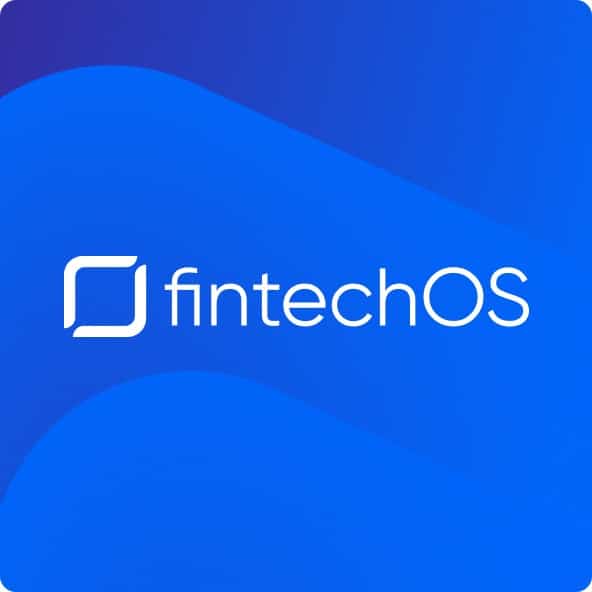As technological advancement reshapes our world at an unprecedented rate, insurance stands at a critical crossroads. Modernization isn’t a mere convenience; it’s a pressing need, and its address begins with the overhaul of legacy systems and the reimagining of redundant business procedures.
Modernization in insurance is no longer just a strategic option—it’s an imperative. Companies must understand the driving forces compelling this sector to evolve, the challenges encountered during transformation, and most importantly, the strategies that will guide our way forward.
Understanding the Driving Forces of Modernization in Insurance
Why does modernization hold the key to the insurance industry’s future success? The answer lies in understanding the forces compelling this transformation.
- Escalating Customer Expectations: In an era shaped by on-demand services and personalized experiences, insurers are under mounting pressure to revolutionize their customer and agent interactions. Today’s consumers don’t just desire faster, more user-friendly service; they expect it. Outdated systems can’t keep pace with these demands, putting insurers at risk of falling behind more agile competitors.
- Dynamic Market Trends: The ever-evolving landscape of the insurance market begs for agility. Whether it’s the launch of an innovative product or the adaptation of existing ones, insurers must be fleet-footed. However, the archaic nature of legacy systems acts as an anchor, impeding the swiftness required to keep up with dynamic trends.
- Integration Needs and Ecosystem Connectivity: Insurers can no longer operate in isolation. The modern insurance provider is heavily reliant on third-party integrations to enhance its service portfolio. Yet, legacy systems built like fortresses resist these necessary connections, causing delays and reducing the overall effect of those integrated services.
Navigating the Path to Modernization
- Strategizing Your Renewal: Renewing your systems is rife with challenges, from outdated technology to limited resources. A clear strategic approach can ensure you stay on course.
- Paving the Way with Greenfield Technology: Greenfield technology, where you build anew without the constraints of legacy systems, offers exciting possibilities. However, it’s a significant disruption that requires careful planning and execution.
- Focusing on Digital Experiences: Improving the digital journey for customers and agents is vital to modernization. This approach allows insurers to incrementally introduce changes that lead to substantial modernization without the upheaval of greenfield implementation.
- Progressive Insurance Modernization: Progressive modernization updates incrementally, swapping out select parts of the legacy system with more current solutions. This approach is cost-effective but treads a fine line between maintaining current business processes and harnessing new technology.
Table B describes the advantages, risks, and value of these modernization strategies.

The Human Element: Mindset and Culture
Modernization isn’t just about systems and processes; it’s a mindset. Leadership must champion change, and employees must be willing to adapt. A modernization-friendly culture is as valuable as any technological upgrade, driving the impetus to change within your organization.
Embracing Modern Insurance Software Solutions
Technology doesn’t just support modernization; it enables it. Cutting-edge insurance software solutions can streamline operations, enhance customer experiences, and integrate third-party services with unparalleled ease.
Overcoming the Challenges
- Outdated Systems and Accumulated Technical Debt: The very systems that once represented the pinnacle of innovation have now become the industry’s albatross. Technical debt accumulates when short-term solutions multiply and, over time, erode the integrity of a system. To modernize effectively, insurers must first acknowledge the extent of this debt and then proceed to consolidate and transform.
- Addressing the Risk of Replatforming: The risk inherent in a full system overhaul is undeniable. Implementation can be fraught with unseen complications and deployment risks, which can cause significant disruption and financial strain. By addressing these risks head-on and devising a comprehensive mitigation strategy, you can safeguard your modernization journey.
- Navigating Resource Constraints: Modernization is not solely a technological journey; it’s a resource-intensive one. Financial and human capital must be allocated thoughtfully to maximize the benefits of modernization. This may involve sourcing external expertise or adopting a phased approach that spreads resource utilization over time.
- The Relentless Pace of Innovation: What’s modern today will be antiquated tomorrow. Insurance must, therefore, cultivate an environment receptive to continuous innovation. Flexibility in design and architecture designed for the future are critical if you’re to remain an agile player in the industry.
- Diversifying into New Lines of Business: The challenge of modernization amplifies when diversifying into new lines of business. These ventures require a different set of capabilities and often demand a unique approach to modernization to align with those requirements.
A Blueprint for Modernization in Insurance
A strategic blueprint is a compass that guides modernization efforts. It ensures that changes are aligned with your overall objectives and are implemented in a way that delivers the maximum return on investment.
- Define Clear Goals and Roadmaps: Understanding where you’re headed is as crucial as setting off on the journey. Clear, actionable goals and roadmaps act as your blueprint, providing direction and purpose to your modernization efforts.
- Adopt Agile Methodologies: Agile methodologies allow for iterative changes that accommodate evolving customer needs and technological advances. This approach ensures that modernization remains a dynamic, ongoing effort rather than a one-time event.
- Leverage Partnerships and Ecosystems: No insurer is an island. Strategic partnerships can enhance your modernization efforts, providing access to resources, expertise, and cutting-edge technology that would be challenging to achieve alone.
- Foster an Atmosphere of Innovation: Cultivating an atmosphere where innovation is not only accepted but actively encouraged is pivotal to the success of your modernization initiatives. This approach stimulates creative problem-solving and fosters a culture of ongoing improvement.
Conclusion
The path to modernization is neither straightforward nor without obstacles. However, modernization is non-negotiable if the insurance sector is to remain relevant and competitive. By identifying the driving forces behind the need for modernization, navigating the common pitfalls, and steering your strategic approach, you’ll position your enterprise at the vanguard of an industry poised for remarkable transformation.
For a comprehensive look into modernization in insurance, read our report “The Modernization Imperative,” written in partnership with Datos Insights.

FintechOS FintechOS is an AI-driven product engine that integrates seamlessly with banks’ and insurers’ existing systems. Its low-code capabilities and composable architecture accelerate digital transformation, enabling rapid innovation without replacing core infrastructure. Financial institutions use FintechOS to create, onboard, distribute, and manage products efficiently while enhancing compliance and decision-making. By delivering personalized, data-driven experiences, FintechOS helps reduce costs and risks associated with traditional tech transformations. Over 50 clients, including Société Générale, Howden Group, and Admiral Group, trust FintechOS to modernize infrastructure, expand into new markets, and adapt to new business models.







